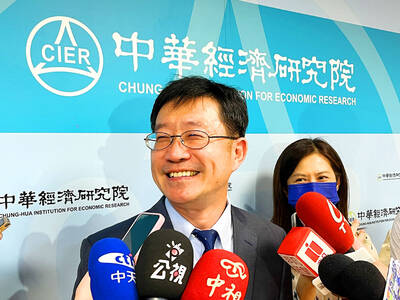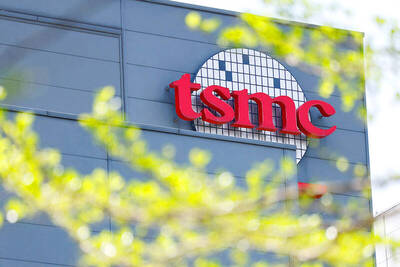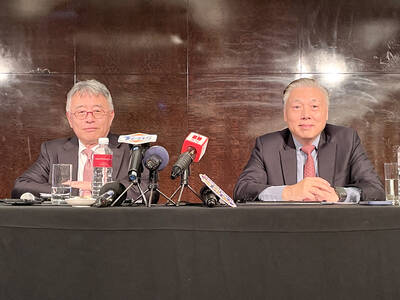With the hottest days of summer fast approaching, Shanghai is making preparations to seed clouds over the city in order to make it rain, in the hope that a couple of degrees of reduced temperatures will help ward off brownouts, or worse, here in China's commercial capital.
Even now, city inspection teams are visiting factories, identifying the least efficient energy consumers, possibly to be closed down for a time, and thermostats are being raised in public offices. City officials say they are even contemplating shutting down the huge flashing advertising signs that made the Bund, or downtown river front in Shanghai, China's largest city, the neon equivalent of Times Square.
With China projecting a 20-million-kilowatt shortfall in electricity supplies this year, actions like these are anything but isolated. With severe power shortages predicted for the country's southern and eastern regions, Guangzhou, China's third largest city, an industrial powerhouse, has had rationing since January, six months earlier than the emergency measures put into effect last year.
Discussions about China these days are often dominated by economic terms like "overheating," and "hard versus soft landings."
What is described as being at issue, typically, is whether the country's leaders can continue to successfully manage this huge and increasingly complex economy at growth rates that are among the world's fastest.
The rush to find short-term, sometimes even fanciful-sounding, palliatives for the country's immense power crunch, however, reflects creeping doubts of a more profound order. These concerns have recently been expressed even at the level of China's normally serene and self-confident-sounding senior officials.
The worry, put bluntly, is that the world simply may not have enough energy and other resources for China to continue developing along present lines, especially at its present rate. Furthermore, sharply increased environmental damage might make the country unlivable, even if such growth could be sustained.
China's predicament is reflected in a simple statistic: This country is already the world's second-largest consumer of energy, and yet on a per capita basis, the Chinese consume scarcely 10 percent of the energy used by Americans.
In material terms, the contemporary Chinese dream is not so different from the traditional American dream, of spacious homes full of power-consuming appliances and a car or two in the driveway, and therein lies the source of concern for the country's leaders -- and indeed for the world. As urbanization gathers pace here, there is a growing sense that such dreams will collide with intractable limits.
"If we use the patterns of today, China cannot double its economy," said Chen Jinhai, director of the Shanghai provincial government's Energy Commission and Environmental Protection Department. "We would need the energy of Mars or other planets. Our consumption may still be less than the U.S. or Japan, but the key for our future will have to be greater efficiency."
Chen is far from a lone voice speaking about the severe environmental and resource limitations that will challenge this country's seemingly irresistible rise of late. Indeed, his perspective echoes that of senior policy makers in Beijing.
"If we continue with the massive consumption of resources, shortages will only get worse, it will become very hard to maintain stable, high-speed growth, and the economy risks declining greatly," wrote Ma Kai, director of the State Development and Reform Commission, in a sobering recent article in People's Daily, the Communist Party newspaper. "Now we are at a key point in the industrialization and urbanization process. If we don't transform our economic model, we could lose the ability to grow."
According to Zhang Jun, a prominent Chinese economist who has made a comparative study of China and India, China consumes three times the energy and 15 times the amount of steel as its neighbor, even though the Chinese economy is only roughly twice as large, and is growing only about 10 percent faster than India's.
Part of this picture comes from an intensive focus on manufacturing and exports, which many economists say has led to over-industrialization and empty growth. A lot of the responsibility for wastefulness can be laid to duplication, with each province -- and indeed many city governments -- simultaneously pushing for the same kind of growth, based on industrial parks and manufacturing zones. The municipalities that boast of becoming China's Silicon Valley, to take one common example of this trend, are almost too numerous to count.
"China will definitely be facing a huge, huge challenge in a decade or so if the growth patterns don't change," said Zhang, who is the director of the China Center for Economic Studies at Fudan University in Shanghai. "Ours is an extreme case of the East Asian model, and we are coming quickly toward the limitations in terms of the way we use energy, in terms of the environment, and even in terms of labor."

WEAKER ACTIVITY: The sharpest deterioration was seen in the electronics and optical components sector, with the production index falling 13.2 points to 44.5 Taiwan’s manufacturing sector last month contracted for a second consecutive month, with the purchasing managers’ index (PMI) slipping to 48, reflecting ongoing caution over trade uncertainties, the Chung-Hua Institution for Economic Research (CIER, 中華經濟研究院) said yesterday. The decline reflects growing caution among companies amid uncertainty surrounding US tariffs, semiconductor duties and automotive import levies, and it is also likely linked to fading front-loading activity, CIER president Lien Hsien-ming (連賢明) said. “Some clients have started shifting orders to Southeast Asian countries where tariff regimes are already clear,” Lien told a news conference. Firms across the supply chain are also lowering stock levels to mitigate

Six Taiwanese companies, including contract chipmaker Taiwan Semiconductor Manufacturing Co (TSMC, 台積電), made the 2025 Fortune Global 500 list of the world’s largest firms by revenue. In a report published by New York-based Fortune magazine on Tuesday, Hon Hai Precision Industry Co (鴻海精密), also known as Foxconn Technology Group (富士康科技集團), ranked highest among Taiwanese firms, placing 28th with revenue of US$213.69 billion. Up 60 spots from last year, TSMC rose to No. 126 with US$90.16 billion in revenue, followed by Quanta Computer Inc (廣達) at 348th, Pegatron Corp (和碩) at 461st, CPC Corp, Taiwan (台灣中油) at 494th and Wistron Corp (緯創) at

NEGOTIATIONS: Semiconductors play an outsized role in Taiwan’s industrial and economic development and are a major driver of the Taiwan-US trade imbalance With US President Donald Trump threatening to impose tariffs on semiconductors, Taiwan is expected to face a significant challenge, as information and communications technology (ICT) products account for more than 70 percent of its exports to the US, Chung-Hua Institution for Economic Research (CIER, 中華經濟研究院) president Lien Hsien-ming (連賢明) said on Friday. Compared with other countries, semiconductors play a disproportionately large role in Taiwan’s industrial and economic development, Lien said. As the sixth-largest contributor to the US trade deficit, Taiwan recorded a US$73.9 billion trade surplus with the US last year — up from US$47.8 billion in 2023 — driven by strong

ASE Technology Holding Co (ASE, 日月光投控), the world’s biggest chip assembly and testing service provider, yesterday said it would boost equipment capital expenditure by up to 16 percent for this year to cope with strong customer demand for artificial intelligence (AI) applications. Aside from AI, a growing demand for semiconductors used in the automotive and industrial sectors is to drive ASE’s capacity next year, the Kaohsiung-based company said. “We do see the disparity between AI and other general sectors, and that pretty much aligns the scenario in the first half of this year,” ASE chief operating officer Tien Wu (吳田玉) told an